The Future of Packaging: Biodegradable Mailers Explained
In recent years, the growing concern over environmental sustainability has sparked a global conversation about how we package and ship goods. With e-commerce booming and delivery services becoming an integral part of daily life, the demand for sustainable packaging solutions has never been greater. Among the many innovations in this space, biodegradable mailers are emerging as a frontrunner in the quest to reduce waste and minimize environmental impact. But what exactly are biodegradable mailers, and why are they considered the future of packaging? Let’s dive in!
In recent years, the growing concern over environmental sustainability has sparked a global conversation about how we package and ship goods. With e-commerce booming and delivery services becoming an integral part of daily life, the demand for sustainable packaging solutions has never been greater. Among the many innovations in this space, biodegradable mailers are emerging as a frontrunner in the quest to reduce waste and minimize environmental impact. But what exactly are biodegradable mailers, and why are they considered the future of packaging? Let’s dive in!
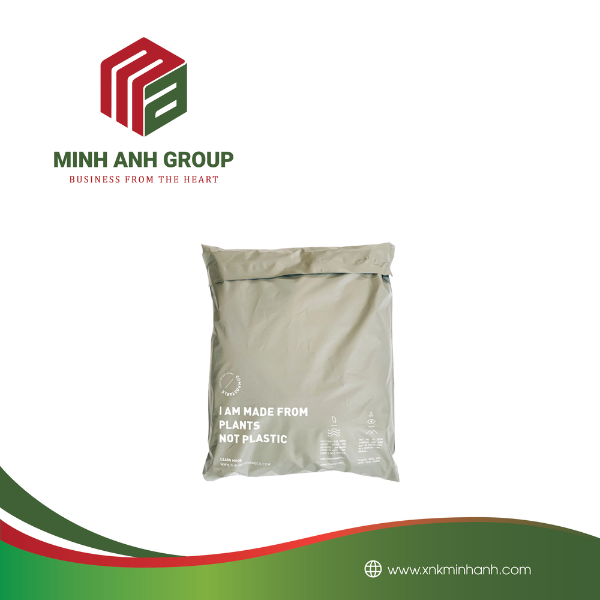
What Are Biodegradable Mailers?
Biodegradable mailers are shipping envelopes or pouches designed to break down naturally in the environment. Unlike traditional plastic mailers, which can take hundreds of years to decompose, biodegradable mailers are made from materials that degrade much faster, often within months under the right conditions. These eco-friendly alternatives are typically composed of plant-based materials such as cornstarch, PLA (polylactic acid), or PBAT (polybutylene adipate terephthalate), which allow them to decompose into natural elements like water, carbon dioxide, and biomass.
The key difference between biodegradable and traditional plastic mailers lies in their end-of-life process. While conventional plastics persist in landfills and oceans for centuries, contributing to pollution and harming wildlife, biodegradable mailers are designed to return to nature without leaving harmful residues behind.
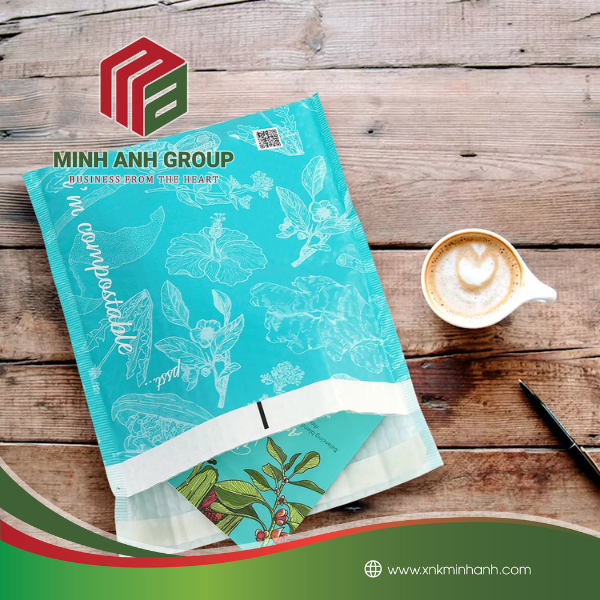
Why Are Biodegradable Mailers Important?
1. Combatting Plastic Pollution
The world produces an estimated 300 million tons of plastic each year, and a significant portion of that ends up in our oceans and ecosystems. Single-use plastics, such as packaging materials, are among the biggest culprits. By switching to biodegradable mailers, businesses and consumers can help reduce the amount of non-degradable waste entering the environment.
2. Supporting a Circular Economy
Biodegradable mailers align with the principles of a circular economy, where materials are designed to be reused, recycled, or safely returned to nature. This sustainable approach contrasts with the traditional “take-make-dispose” model and helps conserve resources for future generations.
3. Meeting Consumer Expectations
Today’s consumers are more environmentally conscious than ever. Many actively seek out brands that prioritize sustainability and eco-friendly practices. Offering biodegradable mailers as part of your packaging strategy can enhance your brand image and appeal to this growing demographic.
4. Reducing Carbon Footprint
Many biodegradable mailers are made from renewable resources like plants, which absorb carbon dioxide during their growth. This can help offset some of the emissions associated with production and shipping, making biodegradable mailers a more climate-friendly option.
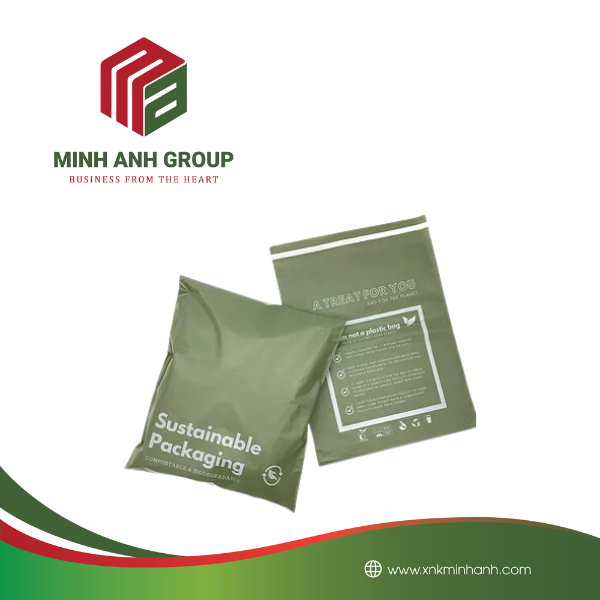
How Do They Work?
The process of biodegradation involves microorganisms like bacteria and fungi breaking down organic materials into simpler substances. For biodegradable mailers, this typically occurs in environments with sufficient moisture, oxygen, and heat—such as industrial composting facilities or home compost bins.
It’s important to note that not all biodegradable mailers are created equal. Some require specific conditions to degrade fully, while others can break down in less controlled environments like soil or water. Always check the product’s specifications to understand its proper disposal method.
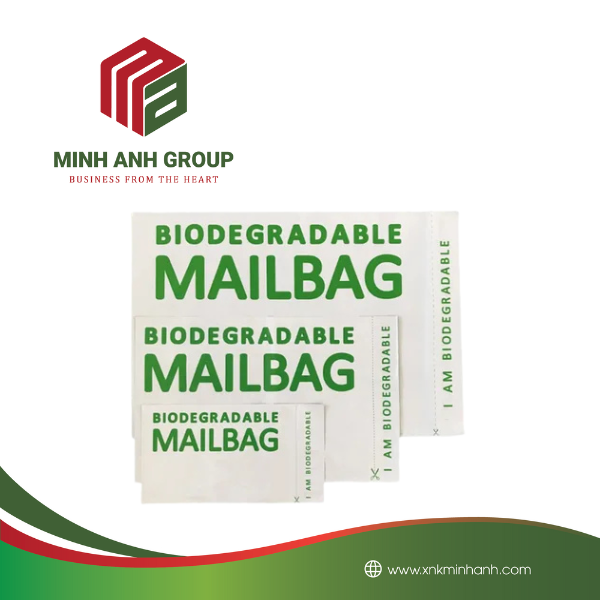
Are Biodegradable Mailers Truly Better?
While biodegradable mailers offer numerous benefits, they’re not without their challenges. Here are a few points to consider:
1. Composting Infrastructure
In many regions, access to industrial composting facilities is limited, which can make it difficult for biodegradable mailers to be disposed of properly. However, home compostable options are becoming increasingly available.
2. Potential for Greenwashing
Some companies may label their products as “biodegradable” without providing clear evidence or certifications. It’s essential to look for reputable certifications like TUV Austria or BPI (Biodegradable Products Institute) to ensure the product meets genuine biodegradability standards.
3. Cost Considerations
Biodegradable mailers are often more expensive than traditional plastic options, which can be a barrier for small businesses or those operating on tight margins. However, as demand grows and production scales up, prices are expected to become more competitive.
4. Decomposition Timeframes
While biodegradable materials break down faster than conventional plastics, they still take time—especially in natural environments like oceans or forests. Proper disposal remains crucial to ensure they degrade as intended.
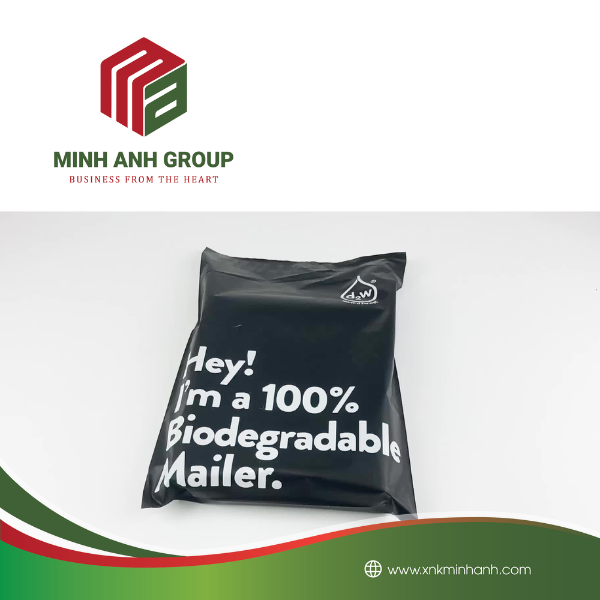
What Can Businesses and Consumers Do?
If you’re a business owner looking to adopt biodegradable mailers, start by researching suppliers that offer certified products. Consider educating your customers about how to dispose of the mailers properly—whether through composting, recycling, or other methods.
As a consumer, you can support sustainability by choosing brands that use eco-friendly packaging. When you receive a biodegradable mailer, check for disposal instructions and follow them carefully to ensure the material decomposes as intended.
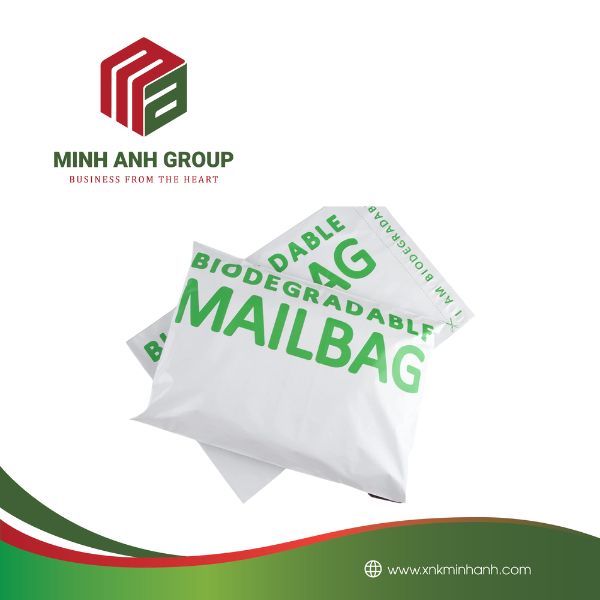
Biodegradable mailers represent a promising step toward a more sustainable future in packaging. While they’re not a perfect solution, they’re undoubtedly a significant improvement over traditional plastics. As technology advances and awareness grows, we can expect even more innovative materials and solutions to emerge.
In the meantime, every small action counts. Whether you’re a business transitioning to greener practices or a consumer making mindful choices, embracing biodegradable mailers is a simple yet impactful way to contribute to a healthier planet.
So next time you ship or receive a package, think about the journey it takes—not just to your doorstep but beyond. Together, we can make that journey kinder to the Earth!
Hãy là người đầu tiên nhận xét “The Future of Packaging: Biodegradable Mailers Explained” Hủy
Sản phẩm tương tự
Tin Tức Bao Bì
Tin Tức Bao Bì
Tin Tức Bao Bì
Tin Tức Bao Bì
Tin Tức Bao Bì

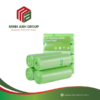












Đánh giá
Chưa có đánh giá nào.